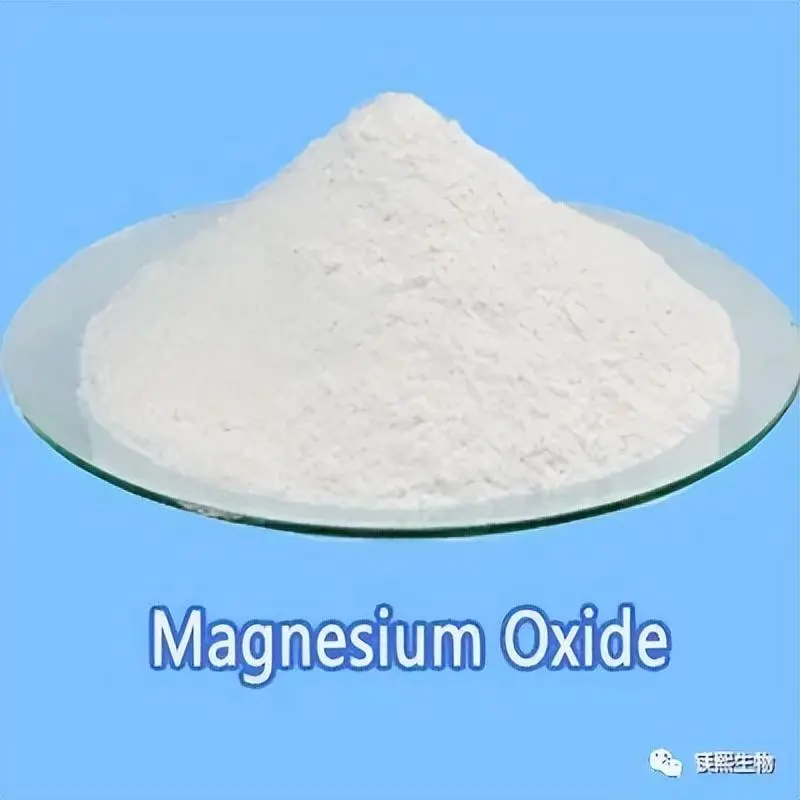[Drug name] Magnesium oxide
[Other name] Calcined magnesium; heavy magnesium oxide, magnesium oxide
[Ingredients] Made by heating magnesium carbonate. There are two types of heavy and light magnesium oxide. The general magnesium oxide is heavy magnesium oxide.
[Properties] White powder; odorless, tasteless; can slowly absorb carbon dioxide in the air. Almost insoluble in water, insoluble in ethanol, soluble in dilute acid.
[Pharmacological action] The antacid effect is stronger, slower and longer-lasting than sodium bicarbonate, and does not produce carbon dioxide. It reacts with gastric acid to form magnesium chloride, releases magnesium ions, stimulates intestinal peristalsis, and has a mild laxative effect.

[Indications] Suitable for patients with hyperacidity accompanied by constipation, gastric and duodenal ulcers. For those without constipation, its mild laxative effect can be corrected by taking calcium carbonate together.
[Dosage and Usage] Antacid: 0.2-1g each time, 3 times a day; laxative: 3g each time, 3 times a day.
[Precautions] Patients with renal insufficiency may develop residual poisoning when taking this product. If hypermagnesemia is confirmed, calcium salt can be injected intravenously to counteract it.
[Drug Interactions] This product can interfere with the absorption of tetracyclines and should be avoided when taken at the same time.
[Specifications] Tablets: 0.2g per tablet. Magnesium oxide mixture: 60g of magnesium oxide, 60g of heavy magnesium carbonate (addition of 60ml of belladonna tincture is a compound magnesium oxide mixture)
[Category] Antacid and anti-ulcer drugs
